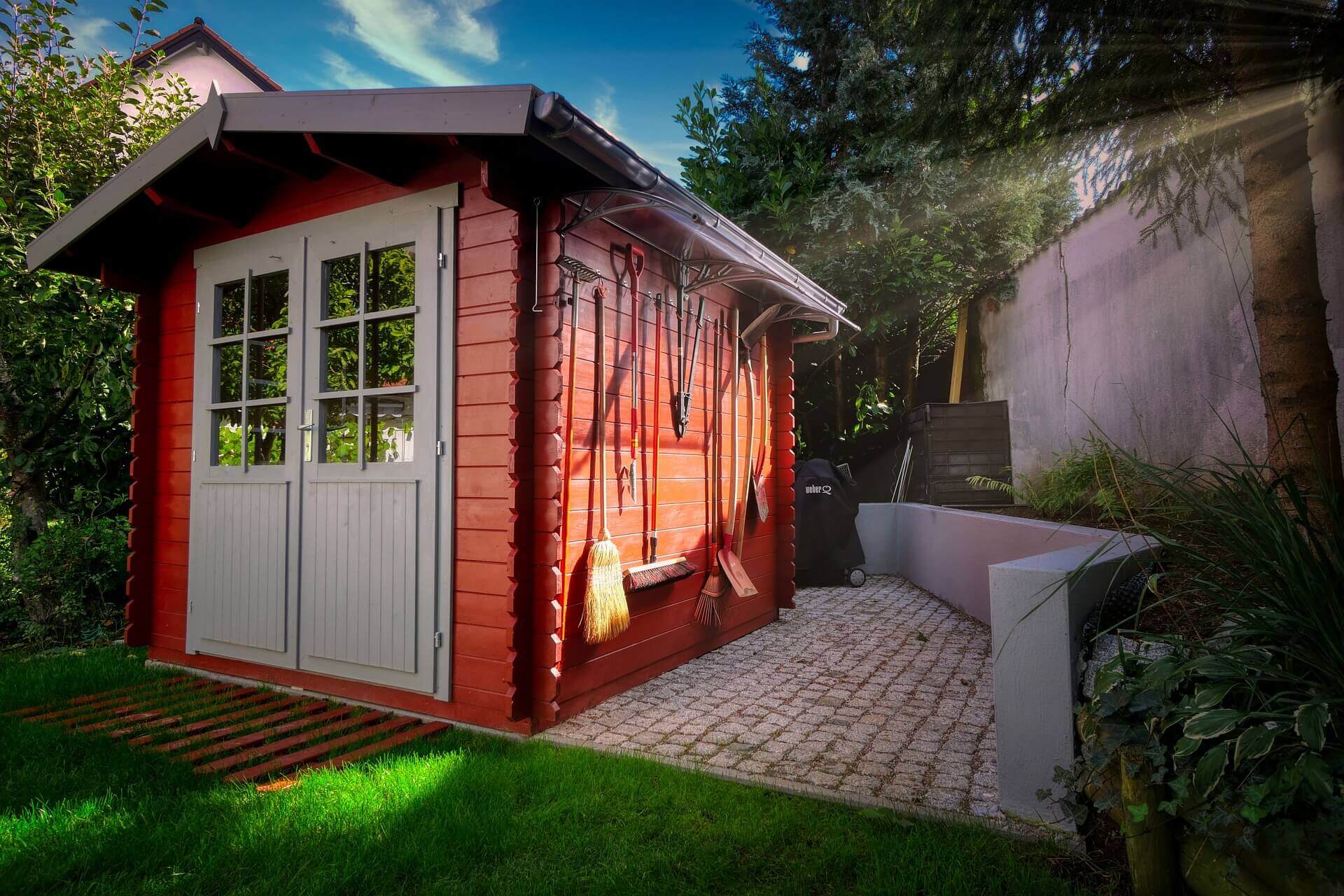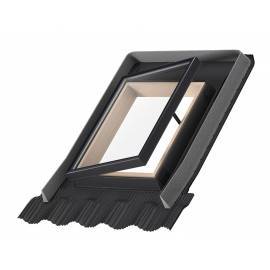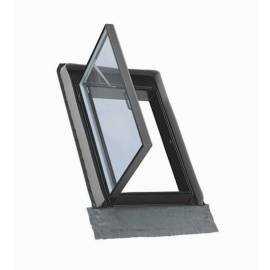Does your wooden shed need constant repairs due to bad weather? Does your garden shed experience discolouring, rotting, and leaks? Are you wondering how you can keep your shed protected during the coldest winters and the hottest summers? Weatherproofing is the answer to all your needs, and in this article, we’ll go over key ways you can successfully weatherproof your shed.
Table of Contents
Install a Waterproof Shed Roof
Installing a waterproof roof is a crucial step in weatherproofing your shed. A robust, watertight roof will protect your shed from rain, snow, and other harsh weather conditions. Many other weatherproofing solutions will fail if water seeps into your shed, so this is one of the first and most effective solutions people usually take to protect their shed.
Tho, one thing to keep in mind is the fact that not all waterproof roofs are the same. Roofs can be made from a variety of materials that all have their advantages and downsides – below are some of the most prominent ways to waterproof your shed:
- Asphalt shingles: These are popular and affordable options for shed roofs. They come in a range of colours and styles and are relatively easy to install. Their downside? They can be prone to damage from powerful winds or heavy snow.
- Metal roofing: Metal roofs are durable and long lasting, making them a great choice to waterproof your shed in regions with harsh weather conditions. They are also fire-resistant and can reflect heat, which can help keep the shed cool in the summer. However, they are expensive, require regular maintenance, and your shed might need structural adjustments before you can install one.
- Corrugated plastic sheets: These are lightweight and inexpensive. corrugated plastic sheets are easy to install and can be cut to size with a utility knife. However, they are not as durable as other roofing materials and can be prone to cracking or discolouration over time.
No matter which type of roofing material you choose, it’s important to ensure that it is properly installed and sealed to prevent water from seeping through. By taking your budget, your needs, and your requirements into account, you can get an excellent shed roof that will help waterproof your shed.
Apply Weather-resistant Paint
Applying weather-resistant paint is a unique and effective way to weatherproof your shed. A high-quality paint will protect the exterior of your shed from the elements, including rain, wind, and sunlight. Essentially acting as a wood preservative, weather-resistant paint will help prevent moisture from seeping into the wood, which can lead to rot and other damage.
Don’t know where to start with weather-resistant paint? Here are some tips.
- Choose the right paint: Look for a paint that is specifically formulated for use on exterior surfaces and is designed to be weather-resistant. Additional points if you choose a paint that contains a mildewcide to prevent the growth of mould and mildew. Remember, the paint will decide both the looks of your garden shed and how weatherproof it is, so don’t take this decision lightly.
- Clean the surface: Before painting, make sure the surface of the shed is clean and free of dirt, debris, and mildew. Check the shed base, the ridge line, the roofing felt and every other part of the shed. You can use a pressure washer or a scrub brush and detergent to clean the surface.
Prime the surface: If you are painting bare wood or a previously unpainted surface, you may need to apply a primer first to help the paint adhere and to provide an additional layer of protection. - Apply the paint: Follow the manufacturer’s instructions when applying the paint, including the recommended number of coats and drying time. Use a brush, roller, or sprayer to apply the paint evenly, and make sure to cover all surfaces, including the edges and corners.
By applying weather-resistant paint, you can help to prolong the life of your shed and protect it from the elements. Although it isn’t a silver bullet, weather-resistant paint doesn’t protect from harsher weather conditions, and you need to make sure to maintain the paint over time by cleaning it regularly and touching up any areas where the paint might’ve peeled off or gotten damaged.
Elevate the Shed
Elevating the shed is another important step in weatherproofing. If the shed is placed on a low-lying area or a surface that tends to collect standing water, it can be prone to flooding causing substantial damage to both the structure of the shed and whatever is inside.
By elevating the shed, you can prevent water damage and moisture buildup, which can lead to rot, mould, and other problems. Make sure to also install gutters and downspouts to help divert rainwater away from the foundation of the shed.
Though, it is worth mentioning that elevating the shed isn’t the only solution. You can also create a concrete base for your shed, for example. But these solutions can be costly.
Install a Skylight
Adding doors and windows, in general, and skylights, in particular, to a shed can be a great way to enhance natural light and ventilation, which in turn can help weatherproof the structure.
While this might not be intuitive at first, here are a few ways how increased natural lighting and improved ventilation help weatherproof a shed.
- Improved Ventilation: By adding a skylight, you can increase the ventilation inside the shed. This is especially beneficial during the summer months when the temperature inside the shed can become uncomfortably hot. Proper ventilation helps to prevent moisture buildup and the growth of mould and mildew. Skylight windows can also help to reduce odours and improve air quality inside the shed.
- Reduced Condensation: Condensation can be a problem in sheds, especially during the colder months. A skylight can help reduce condensation by increasing ventilation and allowing moisture to escape. This can help to prevent damage to the shed’s interior and protect any items stored inside from moisture damage.
- Added Insulation: Skylights can also be designed to provide added insulation to the shed. By installing an insulated skylight, you can reduce heat loss during the winter and keep the shed cooler during the summer. Proper insulation can also help reduce energy costs and make the shed more comfortable to use.
Conclusion
These are some of the ways you can get a weatherproof, waterproof shed. These approaches aren’t meant to be replacements for each other, but in fact, can complement each other quite nicely. A waterproof roof alongside insulated skylights can create an excellent environment inside the shed.
It is also worth mentioning that there are other solutions we’ve not touched on here. Expanding foam, wood preservative, insulating door frames, builder’s caulking, floor bearers etc. are all alternative solutions.
Other products in category: Velux
£104.17 tax excl.
Other products in category: Velux
£99.17 tax excl.


